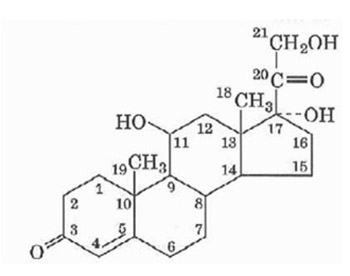Daily Fluctuation of Cortisol in the Saliva and Serum of Healthy Persons
DOI:
https://doi.org/10.17305/bjbms.2008.2962Keywords:
cortisol, serum, salivaAbstract
The objective of this study was to evaluate cortisol in the saliva and serum of healthy persons and its daily fluctuations by using immunochemical method on a autoanalyzer. Biological samples: Serum from 14 healthy persons and saliva from 18 healthy persons were taken two times at 8 a.m. and at 4 p.m. Immunochemical assay: The principle of this method is the competitive binding of cortisol present in the analyzed sample and cortisol marked with peroxides on binding parts with specific antibodies. Statistical analysis: Student t-test. Cortisol in saliva in the morning: 21,2 ± 16,2 nmol/l and in the afternoon 12,7 ± 8,1 nmol/l. Cortisol in serum in the morning: 459, 6 ± 235,2 nmol/l, and in the afternoon 340,5 ± 207,5 nmol/l. The concentrations of cortisol in saliva are lower than in serum. Cortisol in the serum in the morning is about twenty times higher than cortisol in the saliva at the same time. Cortisol in the serum at afternoon is about twenty-seven times higher than cortisol in the saliva. Individual variabilities of cortisol in the saliva and serum were found during the day.
Citations
Downloads

Downloads
Published
How to Cite
Accepted 2018-01-13
Published 2008-05-20









